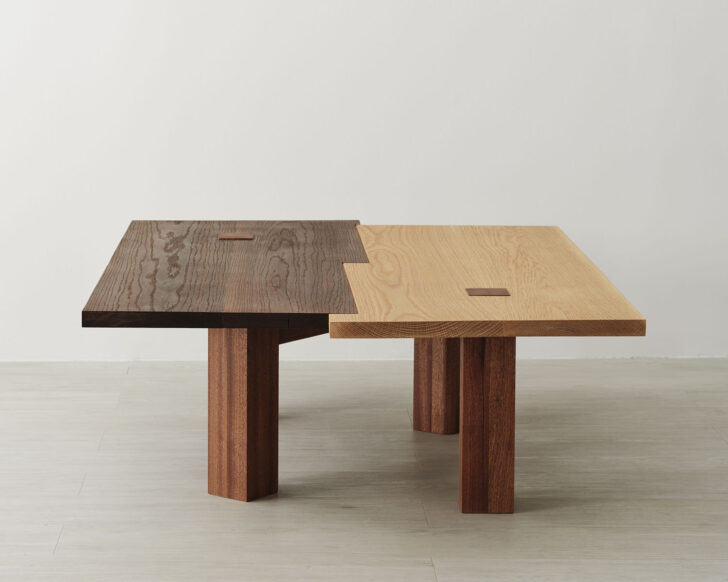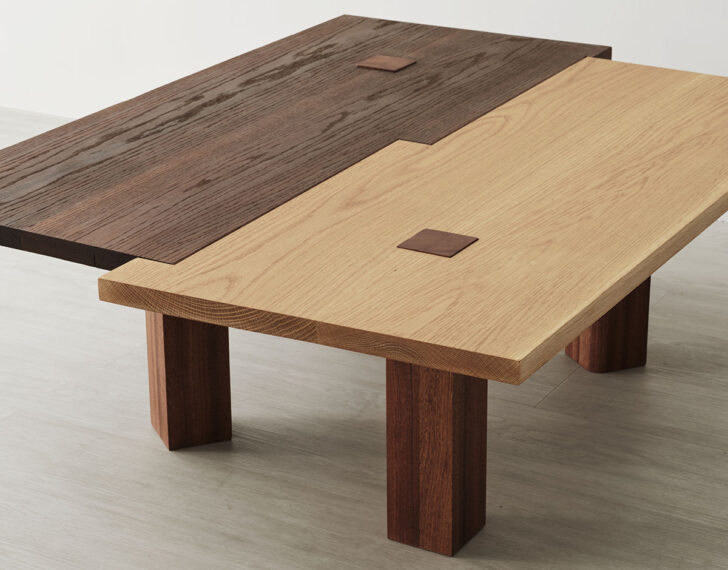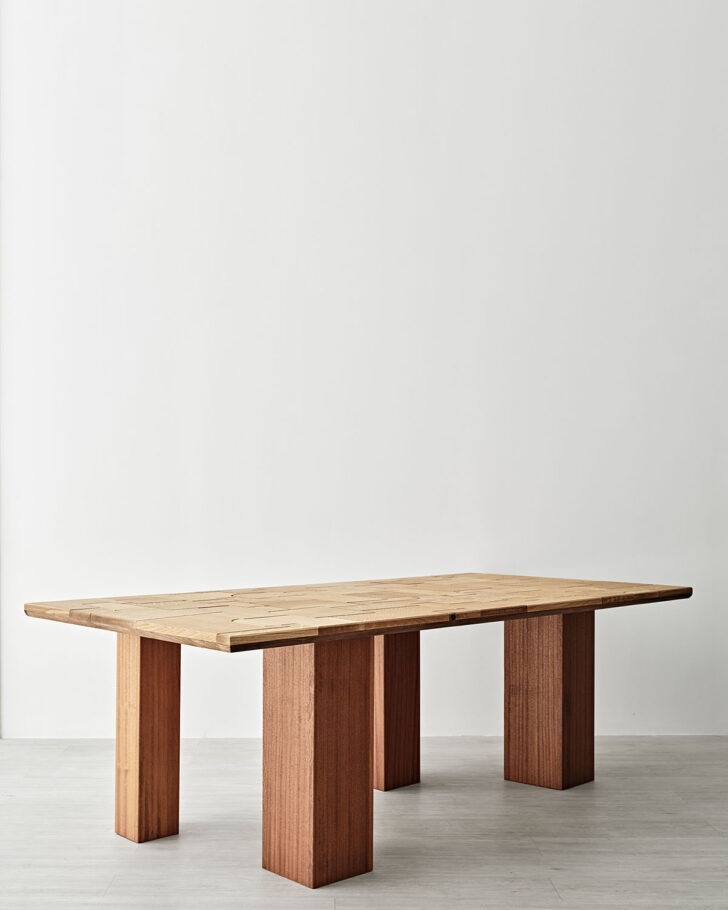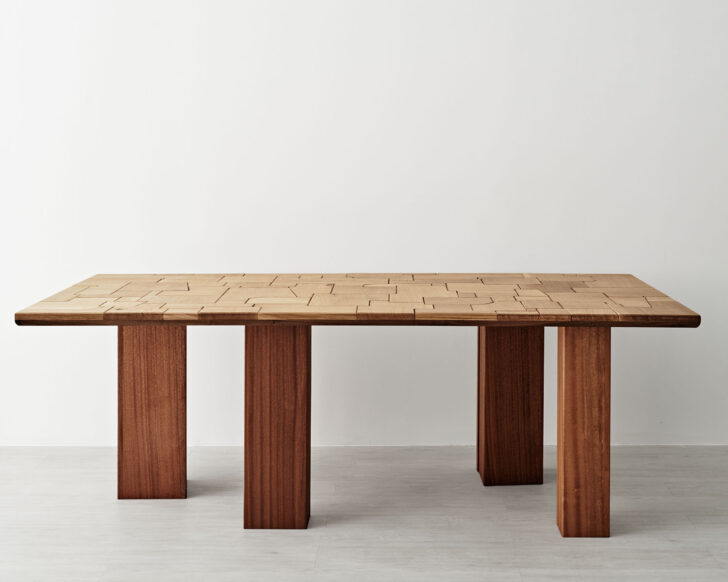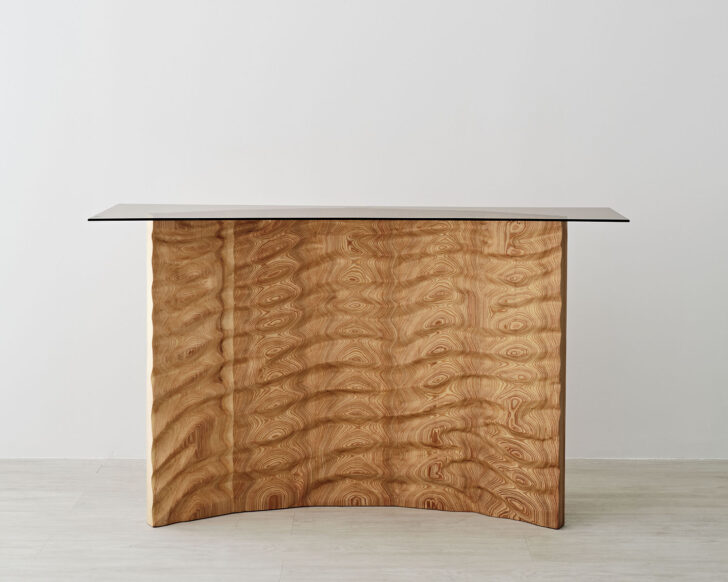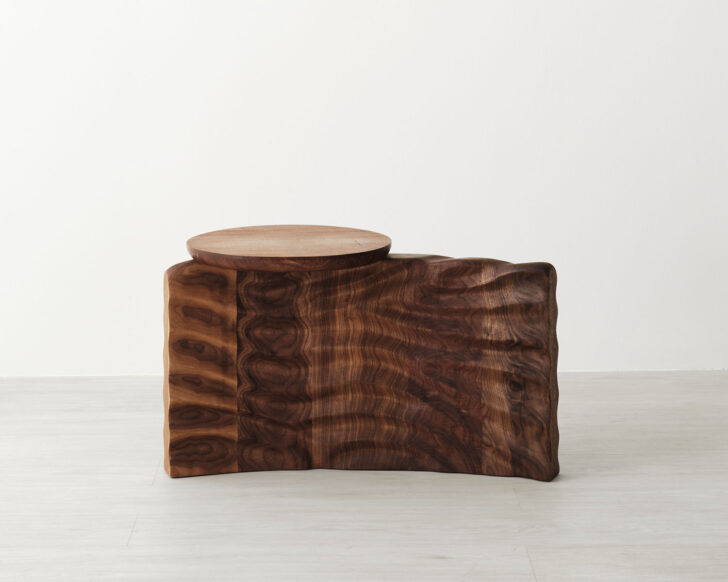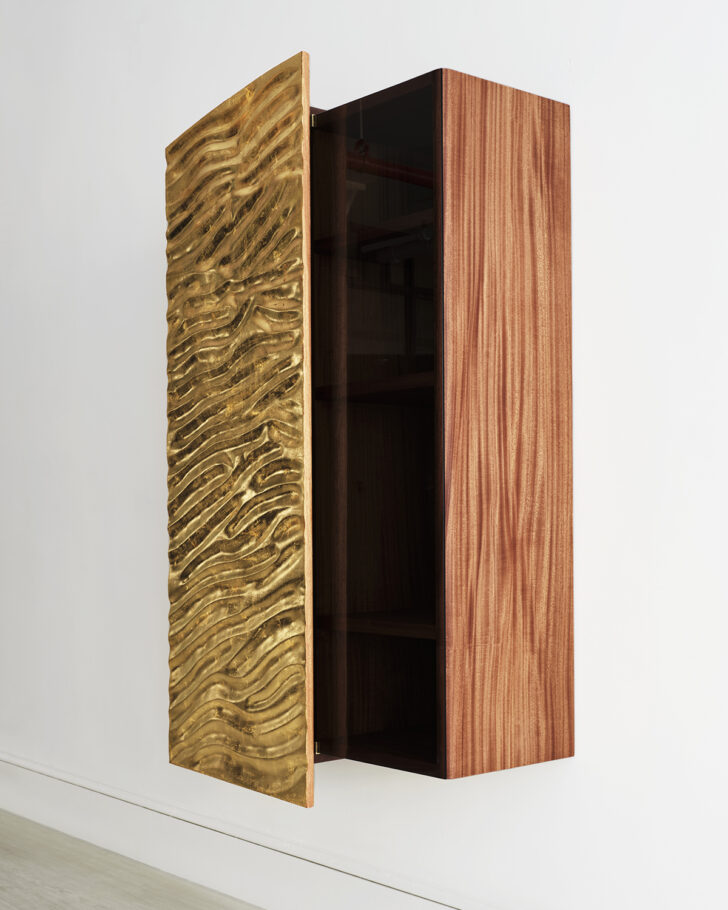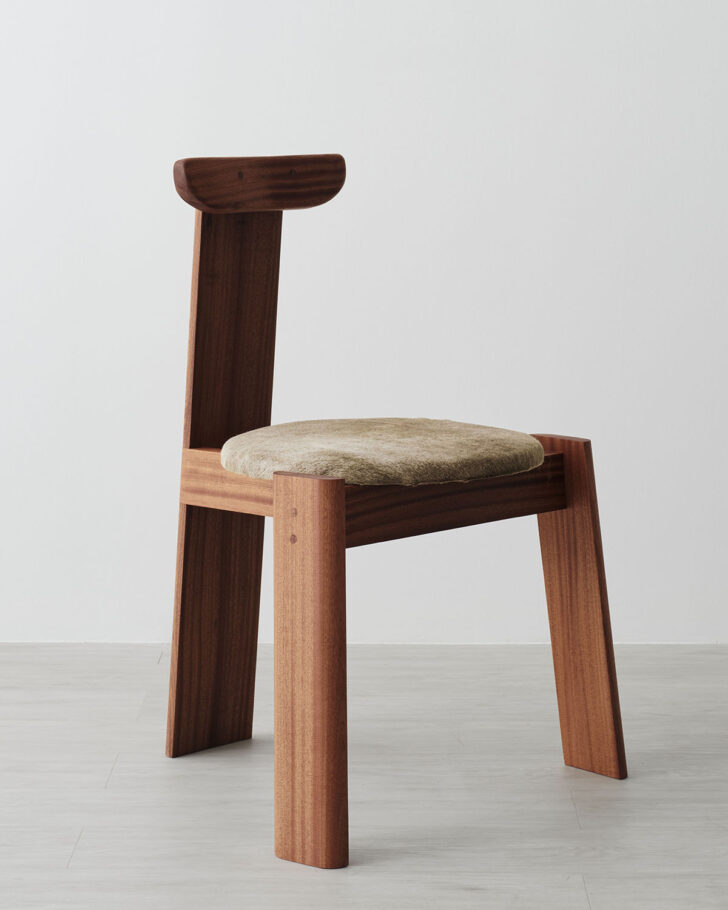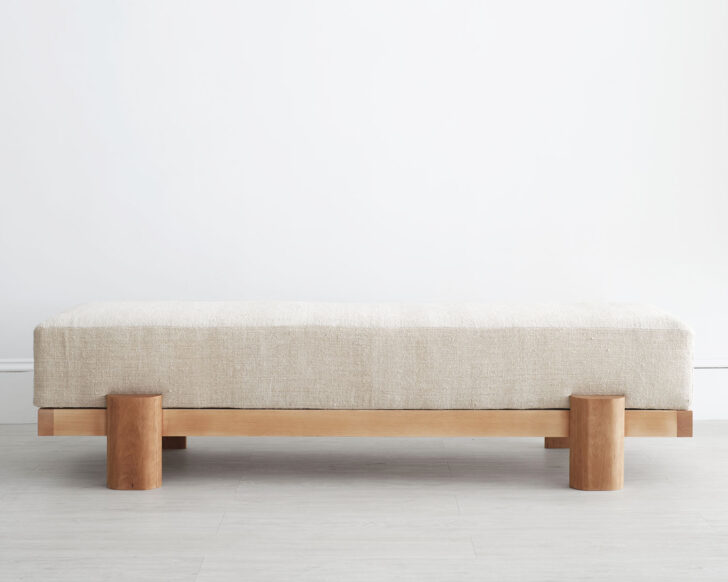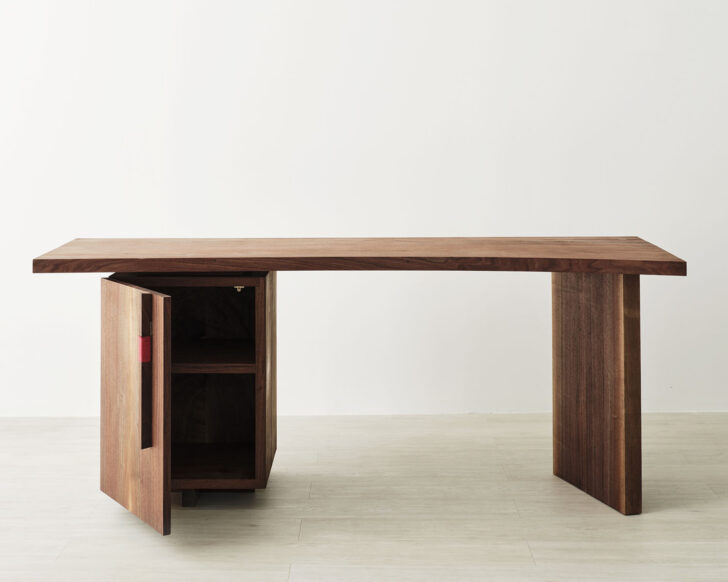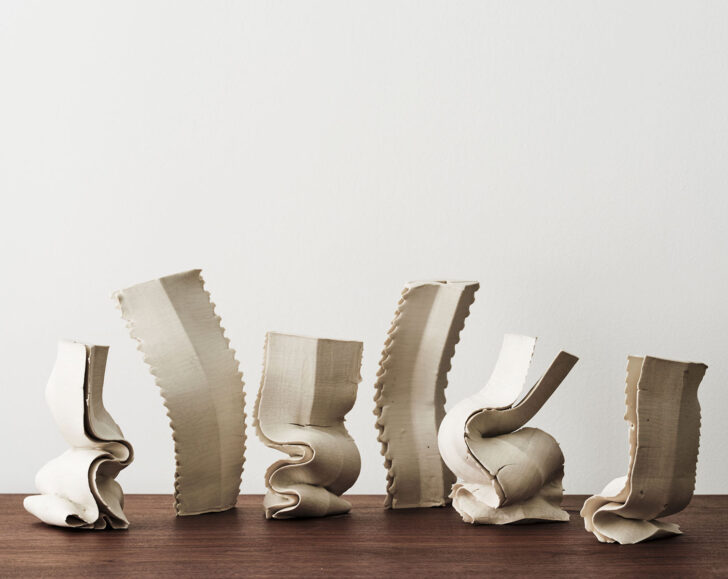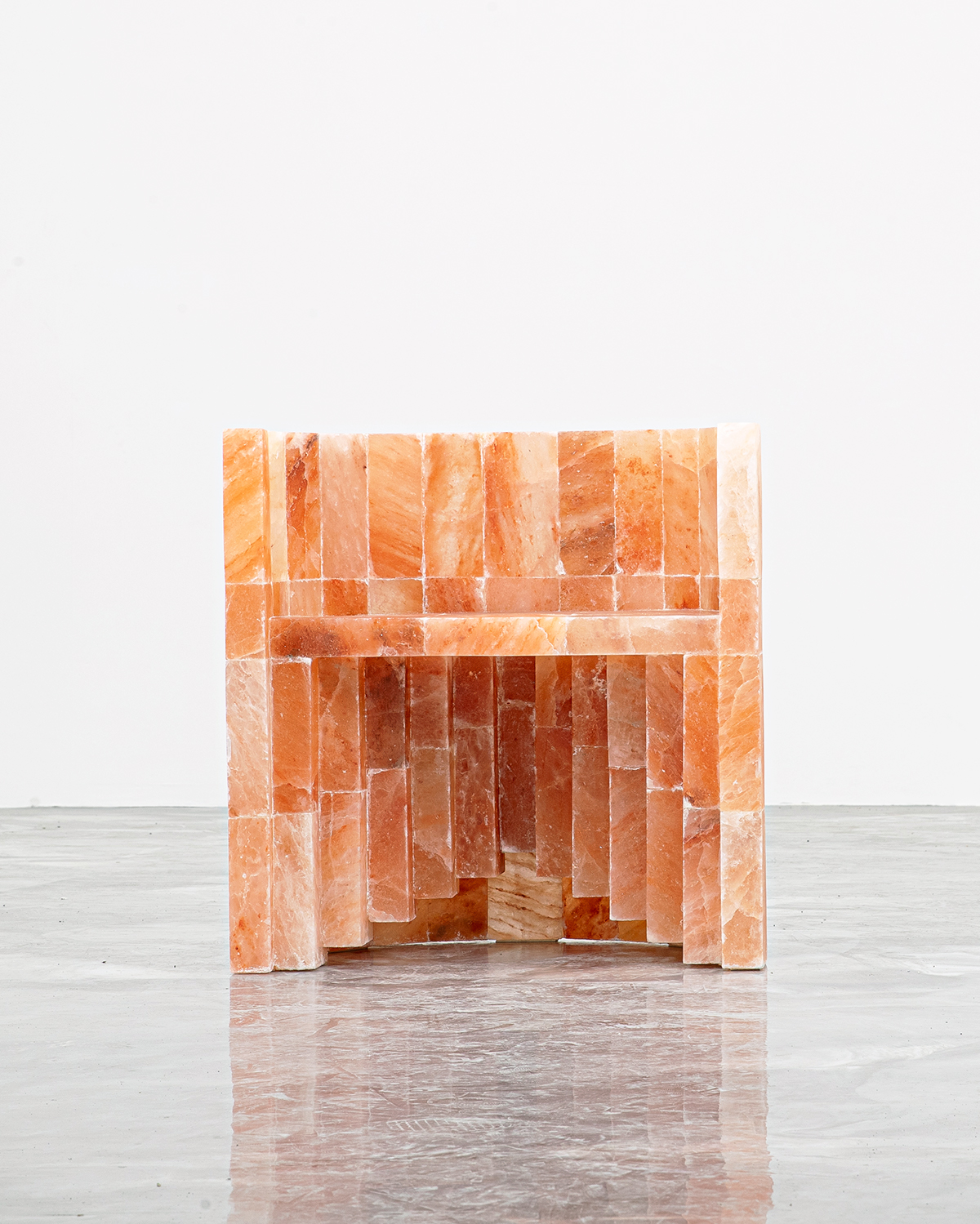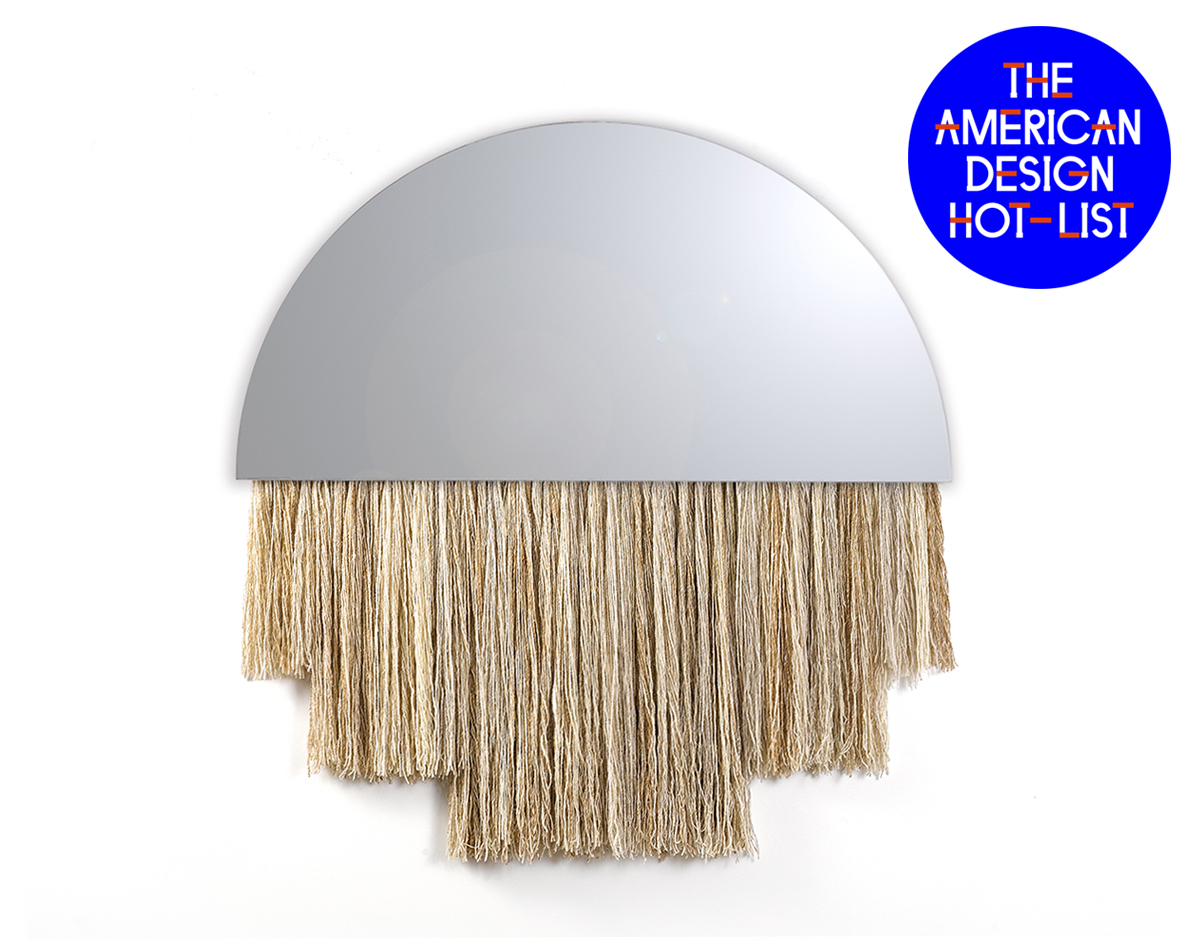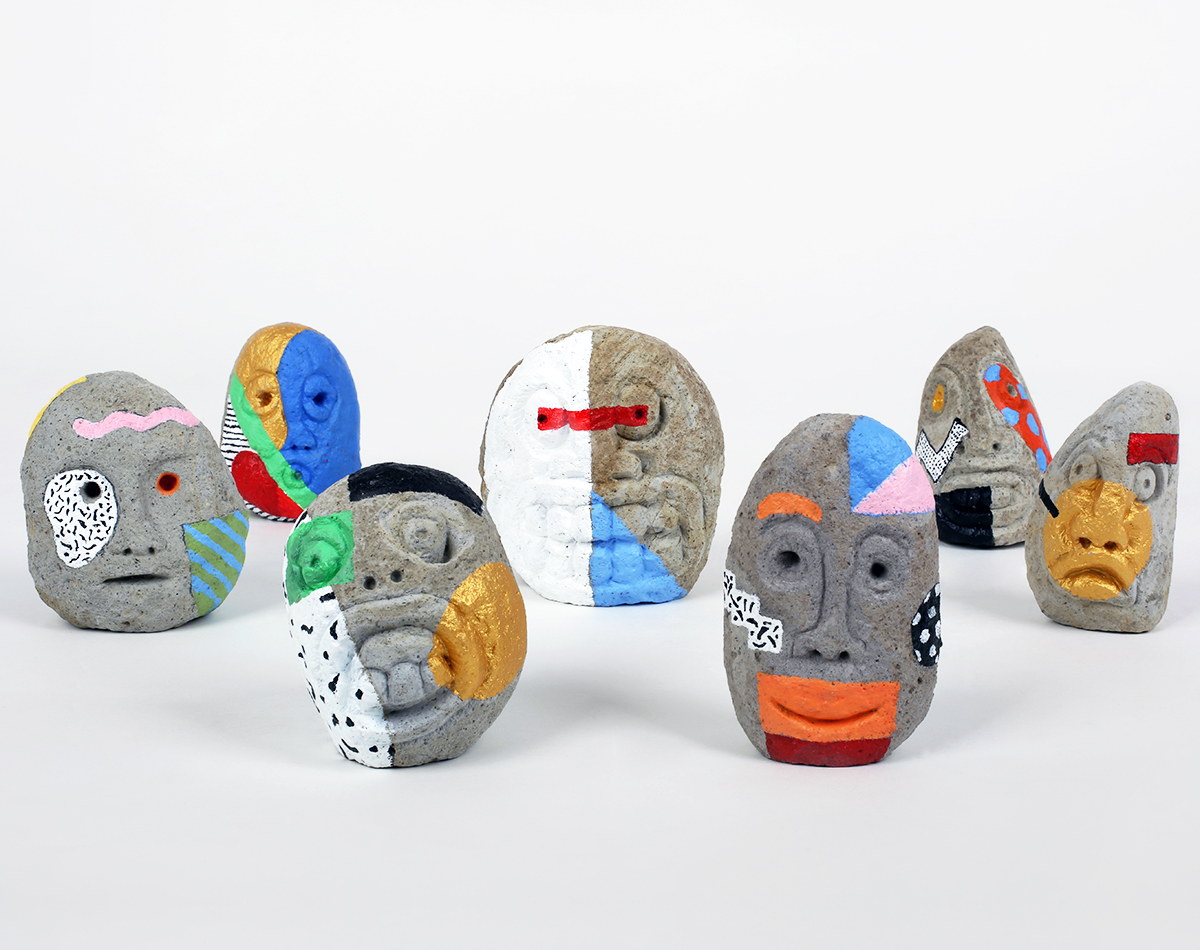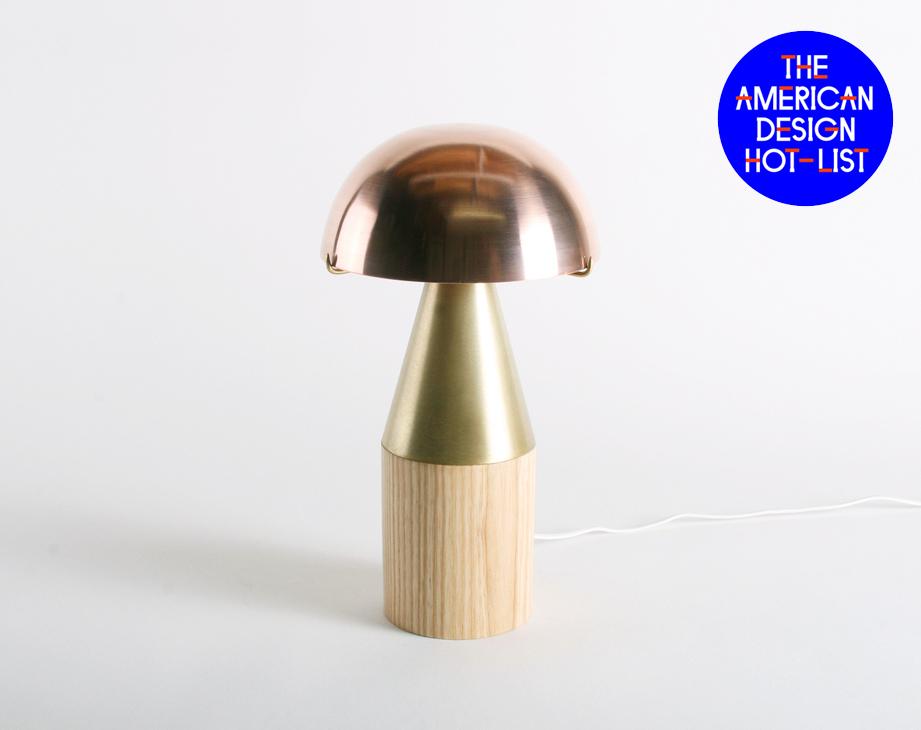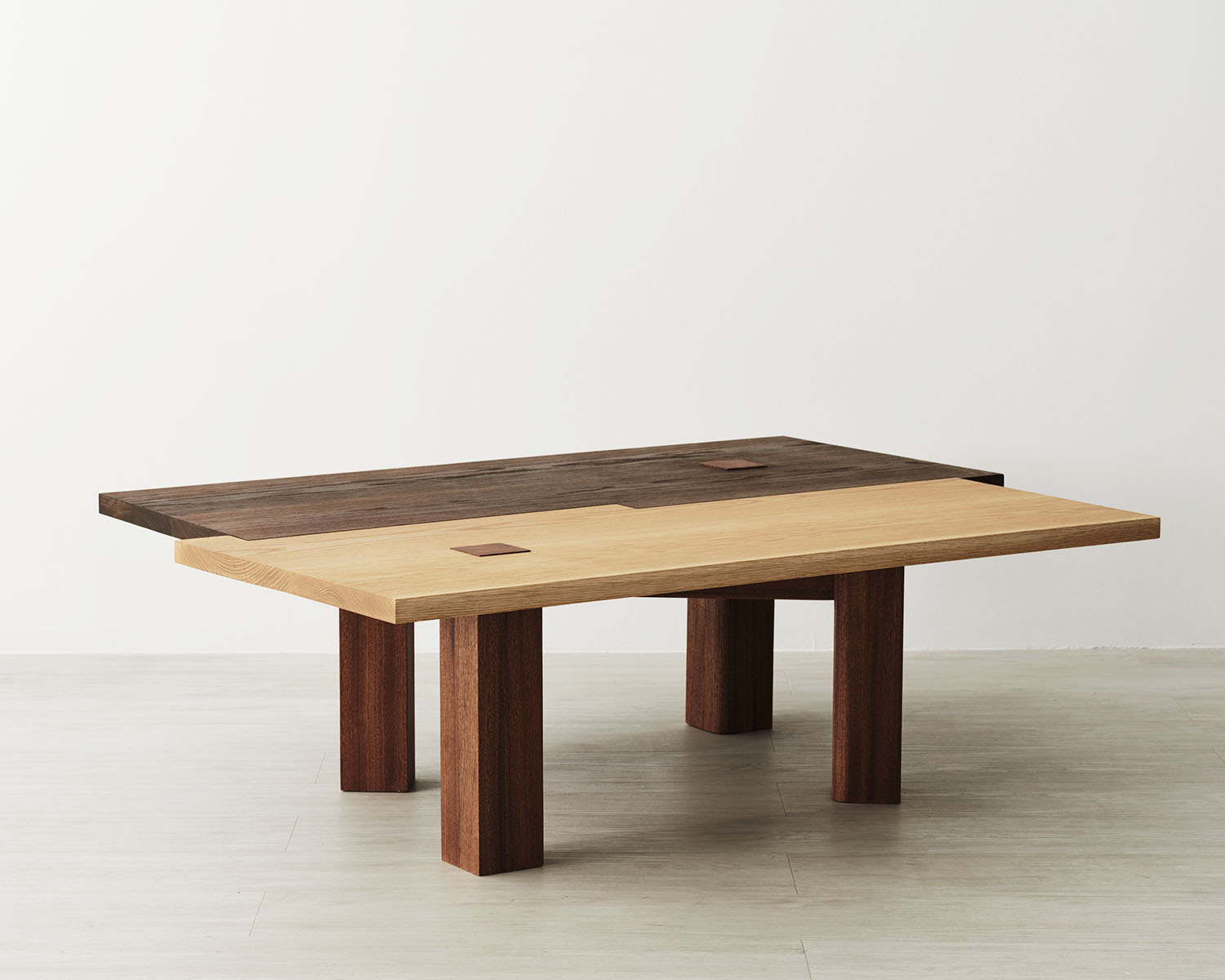
American Design Hot List 2022
Gregory Beson
New York, gregorybeson.com
Beson first caught our eye at a Fernando Mastrangelo–curated exhibition in 2019, where he debuted a Scarpa-inspired chair made entirely from bricks of rock salt. What could have been a gimmick in someone else’s hands took on an air of utter inevitability and elegance in Beson’s. Since then, the New England–born former musician and apprentice woodworker has continued to impress us, most recently at a solo exhibition at Love House in New York, where he debuted, among other things, a yin-yang–esque tri-toned coffee table, made from interlocking pieces of white and fumed red oak and inset with mahogany legs.
What is American design to you, and what excites you about it?
It seems to me American design is derived from the proposed ideals of the country itself. American designers bring varied perspectives, experiences, histories and philosophies to the field due to their own lineage, identity, and ethnography. For example, much of my sensibility seems to come from my New England upbringing. This manifests itself through my connection to and affinity for the ocean, work ethic, and my interest and exploration of craft knowledge and material intelligence. I’m salty, but also sweet, and these qualities continue to reveal themselves in my work.
This is what I find most exciting about any field, group, club, community or clique: the weaving together of each individual into the whole. The overlapping of perspective, feeling or opinion, the disagreement, the empathy, and ultimately the sharing of knowledge and perspective. I might not agree with or like all I see in the field of American design, but I’m glad to experience it, thankful for the discussion via work or otherwise, and strive to respond with my own pieces — adding to and hopefully expanding the conversation in our community.
What are your plans and highlights for the upcoming year?
This year promises many new opportunities to share work and collaborate with people I care about and admire greatly. A gallery show at Verso showroom in Tribeca this summer will include a number of varied furniture typologies which highlight beautiful foreign species of timber. A collection of outdoor furniture for a dear private client to suit their wonderful home and convivial family. A collaboration with a thoughtful fashion designer friend on the wine bar at their inn in Maine. A conceptual chair project I’m developing and will plan to exhibit by the year’s end. My work as an educator is ongoing but always a highlight, both at Parsons and with some tutoring and workshops I’ll hold via my own platform.
Lastly, If time permits, I’ll complete some work on a piece of raw, mossy land I purchased on an island in Maine. A picnic table, a tent platform. But this is a decades-long project.
What inspires or informs your work in general?
I am informed by that which I have come to comprehend, that which I strive for and that which I have yet to conceptualize.
It seems to me that which informs and inspires is inextricably linked to the process of my practice. That is to say, there’s no hierarchical system these inhabit, but rather, they are all part of a whole. Or, this process I practice is non linear, and so inspiration is not necessarily a beginning, but rather can be found at any moment and often reappears at multiple points to inform and progress the work.
For me, the work informs and inspires itself, like an audio feedback loop. For example: the tide (wave) pieces from my recent solo show began when I was a child walking the low tide lines of north Atlantic beaches. I called upon the haptic memory to carve those pieces from timber; I could touch what I was carving, close my eyes and understand if my forms were correct from hours of walking these same reliefs in sand. I carved in varied wood species and was able to create a kind of palette of grain patterns to use for different typologies. Sapele was used for gilded pieces due to its straighter, tighter grain, thus keeping the gold leaf as the focus. Cypress was used for the base of a glass-topped console as a means to highlight the wavy grain through relief and shadow, the form relating to the inherent quality of the material. Waves on waves.
More succinctly put by John Berger: “for the artist, drawing is discovery.”
